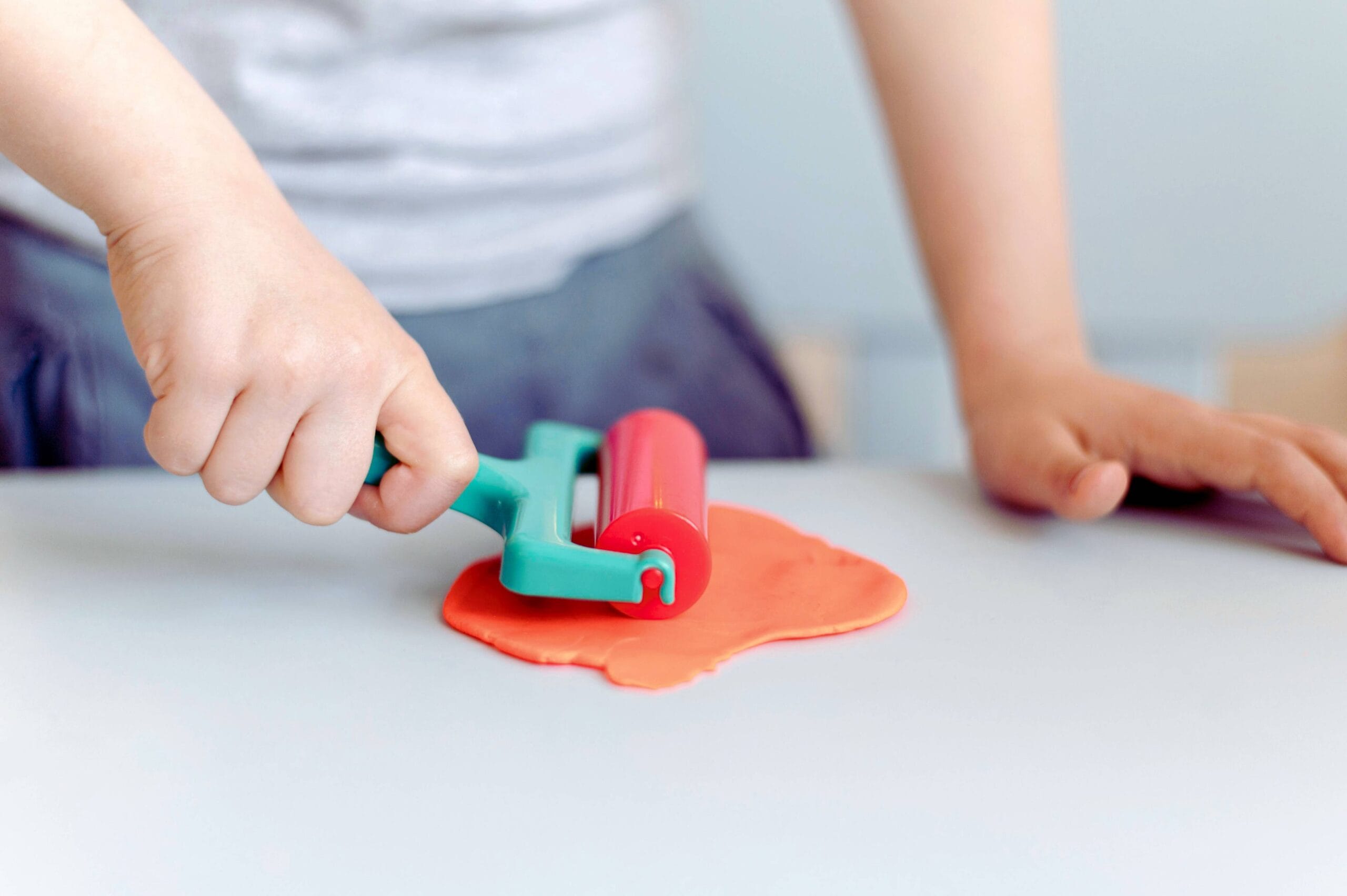Sensory Toys for Autism: Enhancing Development and Well-Being
Sensory toys play a crucial role in the lives of autistic children, by helping them engage with the world meaningfully. These specially designed toys stimulate the senses—touch, sight, sound, taste, and smell—while providing therapeutic benefits. For parents, caregivers, and educators, sensory toys are indispensable tools that can improve focus, reduce anxiety, and encourage social interaction in autistic children.
Understanding Sensory Toys
Sensory toys are designed to stimulate the senses of the children. They often feature different textures, colors, lights, or sounds to capture a child’s attention. Many of these toys also encourage motor skills, cognitive development, and emotional regulation, making them beneficial for children with autism.
Why Sensory Toys Are Important for Children with Autism
Autistic children often experience sensory processing differences. Some may be hypersensitive to sensory input, while others may be under-responsive. Sensory toys help regulate these sensory experiences, providing stimulation or calming effects for comfort and engagement.
Key Benefits of Sensory Toys in Autism
1. Enhancing Sensory Processing
Children with autism may struggle with processing sensory information. Sensory toys help them engage with different stimuli in a controlled manner, allowing them to develop better sensory integration skills. For example, textured toys can help a child who is hypersensitive to touch become more comfortable with tactile sensations.
2. Improving Focus and Attention
Many children with autism have difficulty maintaining attention in classrooms or therapy sessions. Sensory toys, like fidget spinners, weighted lap pads, or squeeze balls, can help redirect excess energy and enhance concentration. These toys provide a non-disruptive outlet for sensory needs, allowing children to focus on learning tasks.

3. Reducing Anxiety and Stress
Children with autism often experience heightened anxiety in unfamiliar or overwhelming environments. Sensory toys provide a sense of security and comfort, helping to calm the nervous system. Chewable toys, stress balls, and weighted blankets are particularly effective in soothing sensory input that reduces stress.
4. Encouraging Social Interaction
Social interactions remain challenging for children with autism. However, sensory toys can act as a bridge for engagement. For instance, interactive toys like sensory bins or light-up toys encourage shared play, helping children develop social skills and communication abilities. These toys also provide structured opportunities for turn-taking and cooperation.
5. Supporting Language Development
Some sensory toys are designed to improve communication skills. Talking toys, musical instruments, and textured flashcards can enhance speech development and language comprehension. These toys provide auditory and tactile stimuli that encourage children to express themselves verbally or nonverbally.
6. Developing Fine and Gross Motor Skills
Motor development is another area where sensory toys offer benefits. Toys that involve grasping, squeezing, or stacking help improve fine motor skills. On the other hand, larger sensory toys, such as balance boards or trampolines, enhance gross motor skills and coordination. This physical engagement is crucial for building muscle strength and control.
7. Encouraging Independent Play and Exploration
Many autistic children enjoy independent play, and sensory toys provide opportunities for self-guided exploration. Sensory play activities like water beads, kinetic sand, or play dough allow children to experiment with different textures and movements, fostering creativity and self-expression.
Best Sensory Toys for Autism
There are various types of sensory toys designed to meet different needs. Here are some of the most popular categories:
1. Tactile Sensory Toys
These toys help children explore different textures and improve their sense of touch. Examples include:
- Kinetic sand
- Playdough
- Fidget cubes
- Textured balls
2. Auditory Sensory Toys
For children who respond well to sound-based stimulation, these toys help enhance auditory processing skills:
- Musical instruments
- Sound puzzles
- Talking flashcards
- White noise machines
3. Visual Sensory Toys
These toys use lights and colors to engage children’s visual senses:
- Light-up toys
- Lava lamps
- Fiber optic lamps
- Bubble tubes
4. Vestibular and Proprioceptive Toys
These toys support balance, movement, and spatial awareness:
- Swings
- Trampolines
- Balance boards
- Rocking chairs
5. Oral Sensory Toys
Designed for children who seek oral stimulation, these toys provide a safe outlet for chewing needs:
- Chewable necklaces
- Oral chew tubes
- Silicone teething rings
Choosing the Right Sensory Toys for Your Child
Selecting the best sensory toys depends on a child’s specific sensory needs. Here are some factors to consider:
- Sensory Preferences: Identify whether your child seeks or avoids certain sensory experiences.
- Safety: Choose non-toxic, BPA-free materials with no choking hazards.
- Durability: Opt for sturdy toys that can withstand frequent use.
- Age Appropriateness: Ensure the toy is suitable according to your child’s developmental stage.
Incorporating Sensory Toys into Daily Activities
Using sensory toys effectively involves integrating them into everyday routines. Here are some tips:
- During Transitions: Use sensory toys to ease anxiety when moving between activities.
- In the Classroom: Teachers can provide fidget toys or weighted lap pads to help students stay engaged.
- At Home: Sensory corners with various toys can create a safe and calming space for children.
- Before Bedtime: Calming sensory toys like weighted blankets or soft LED lights can promote relaxation and better sleep.
Conclusion
Sensory toys are more than just playthings; they are essential tools that support the development and well-being of children with autism. By enhancing sensory processing, improving focus, reducing anxiety, and fostering social interaction, these toys help autistic children navigate the world with greater ease and confidence.
Parents, caregivers, and educators can harness the power of sensory toys to create engaging, supportive environments where children can thrive. Investing in the right sensory toys can make a profound difference in a child’s life, providing them with comfort, stimulation, and opportunities for growth.
